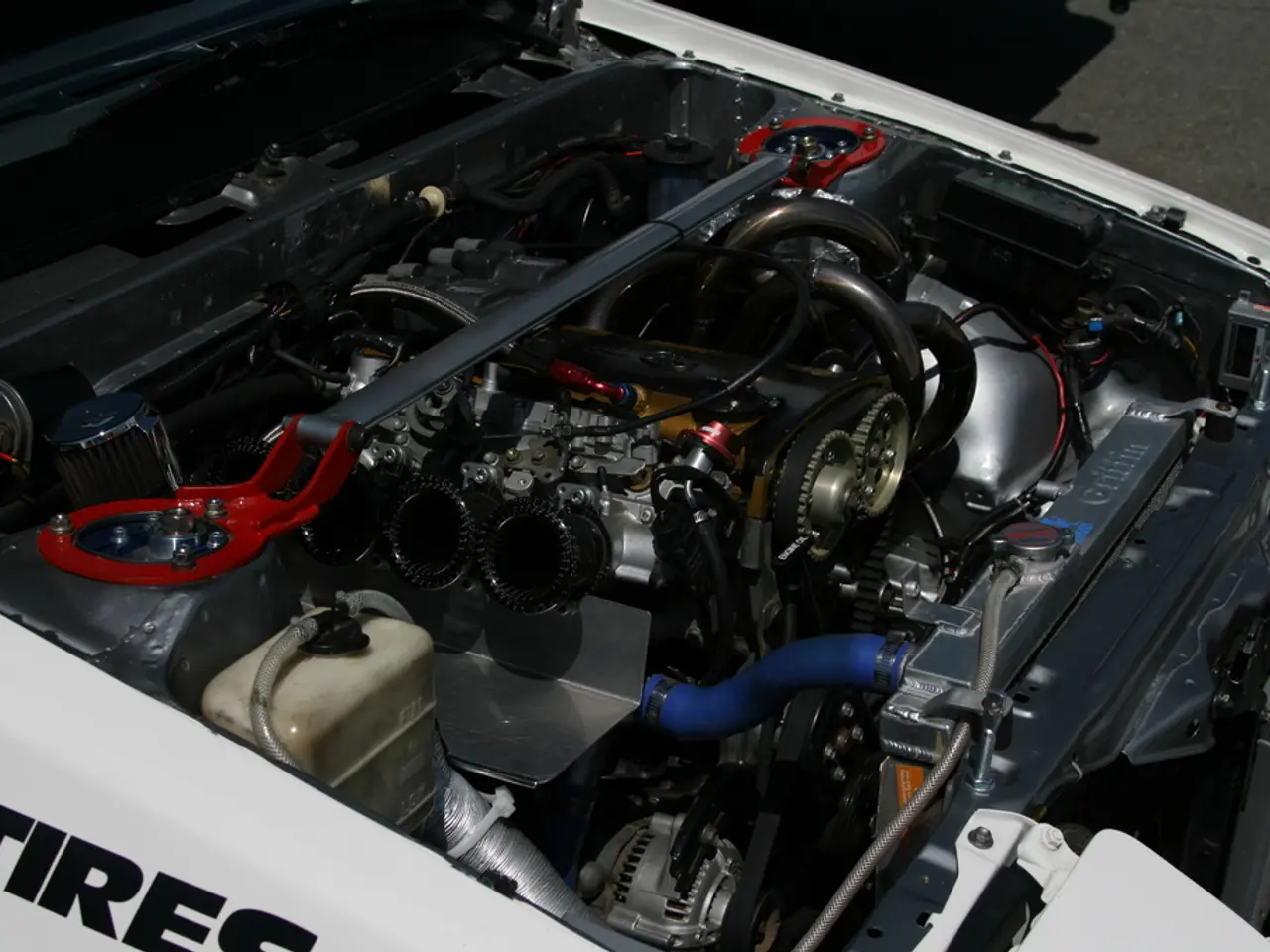Artificial Intelligence set to spearhead the next industrial evolution.
Europe's advancements in Artificial Intelligence (AI) are lagging significantly behind those of the United States and China, according to recent reports. This disparity is evident in investment, the output of advanced AI models, and the number of frontier AI models.
The U.S. led the way in 2024 with $109.1 billion in private investment in AI, a figure that is about 12 times that of China ($9.3 billion) and 24 times that of the U.K. (no longer in the EU). Europe's share is even smaller. The U.S. produced 40 notable AI models in 2024, China 15, but Europe combined only 3. Europe has just 7 frontier AI models compared to 109 in the U.S. and 20 in China.
Several factors contribute to this gap. European venture capital and private AI funding are much lower, with the EU investing only about $11.5 billion compared to $95 billion from the U.S. in 2024. Europe's strict data protection and AI regulations, such as GDPR, slow down development and adoption relative to the more innovation-driven U.S. and state-driven Chinese models. The EU’s 27 member states have differing approaches and regulations, making unified rapid AI development challenging. Europe also faces shortages of specialized AI talent and struggles in frontier technologies like semiconductors crucial for AI hardware.
The European Commission has launched initiatives like the €200 billion InvestAI program and AI gigafactories to mimic collaborative high-tech models seen with CERN, aiming to build infrastructure backing AI research and development. However, progress remains slow, and Europe is seen as a technological underdog compared to the U.S. and China.
Potential consequences for European economies include reduced competitiveness, dependence on foreign technology, missed job creation and industrial transformation, and challenges to digital sovereignty. Falling behind in AI innovation might impact productivity and economic growth as AI becomes central to industries. Limited homegrown AI capacity can increase reliance on U.S. or Chinese AI platforms and solutions, raising strategic and economic vulnerabilities. The tech gap may cause Europe to lag in emerging AI-driven sectors and miss out on associated employment opportunities and technology exports. Without technological leadership, the EU could struggle to enforce its digital values globally or shape AI governance aligned with European norms.
In contrast, China's AI sector is expected to contribute 7 trillion dollars to its economy and over a quarter of its GDP by 2030. Chinese companies are leading in sectors like telecommunications and e-commerce, and the market for robot cars is estimated to be 60 billion dollars. The world's automotive supplier expects 2.5 million autonomous shuttle buses on the roads worldwide by 2026. China is also pushing AI forward with great momentum, with tech giants like Alibaba, Baidu, and Tencent investing billions in research and development.
In summary, Europe's AI development currently trails far behind the U.S. and China due to lower investment, regulatory hurdles, talent gaps, and fragmentation, which risks economic competitiveness and technological sovereignty. While ambitious EU initiatives aim to close this gap, significant structural challenges remain to be resolved for Europe to emerge as a global AI leader.
Economic and social policy must address the shortcomings in Europe's advancement in Artificial Intelligence (AI), as the investment, output of advanced AI models, and number of frontier AI models significantly lag those of the United States and China. To compete on a global scale, it's crucial that Europe adopts technology and artificial-intelligence strategies that improve its economic and technological position.




